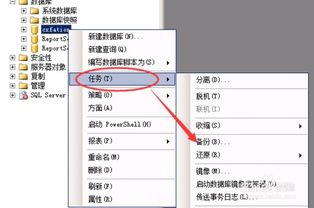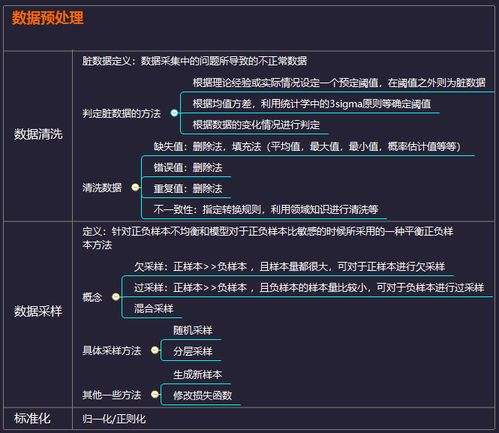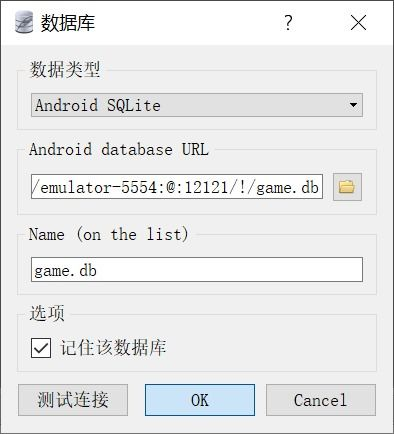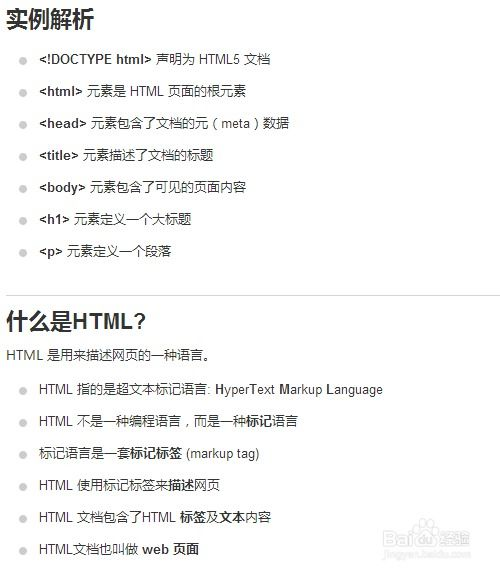ASP.NET Capcha Client-Side Verification, Methods and Best Practices
Understanding CAPTCHA and its importance
CAPTCHA, which stands for Completely Automated Public Turing test to tell Computers and Humans Apart, is a security mechanism that serves to verify that the user is indeed a human and not an automated bot attempting to access your web application. In the context of ASP.NET applications, implementing client-side CAPTCHA verification is crucial as it minimizes spam, enhances security, and improves the overall user experience.
Implementing Client-Side CAPTCHA Verification in ASP.NET
To set up client-side CAPTCHA verification in an ASP.NET project, developers can utilize two main approaches: using third-party libraries such as Google reCAPTCHA and custom CAPTCHA generation methods. These methods not only facilitate verification but also ensure that the CAPTCHA is user-friendly and visually appealing. One popular method is Google reCAPTCHA, which offers a light and easy-to-integrate solution that adapts well to various web environments. This method uses an API that leverages advanced risk analysis techniques to differentiate between human users and bots.
Best Practices for CAPTCHA Client-Side Verification
When implementing CAPTCHA for client-side verification, it is essential to follow best practices to secure your application effectively. First, it is recommended to ensure that the CAPTCHA challenge is user-friendly. Complex puzzles can lead to user frustration and might deter legitimate users from completing their actions. Additionally, integrating CAPTCHA features that adapt to the user's browsing behavior—such as reCAPTCHA's invisible model—can enhance user experience while upholding security.
Another best practice involves providing alternative verification methods, particularly for users with disabilities. Ensuring that your CAPTCHA implementation is accessible is not only a good practice but also crucial for compliance with accessibility standards. Lastly, consider implementing thorough logging and monitoring approaches to analyze CAPTCHA failures, which can provide valuable insights into user behavior and potential bot activities.
In summary, effective client-side CAPTCHA verification in ASP.NET applications is crucial for maintaining security while enhancing user experience. By understanding the importance of CAPTCHA, implementing best practices, and utilizing reliable methods, developers can significantly reduce spam and malicious activities, ensuring a safe environment for all users.





